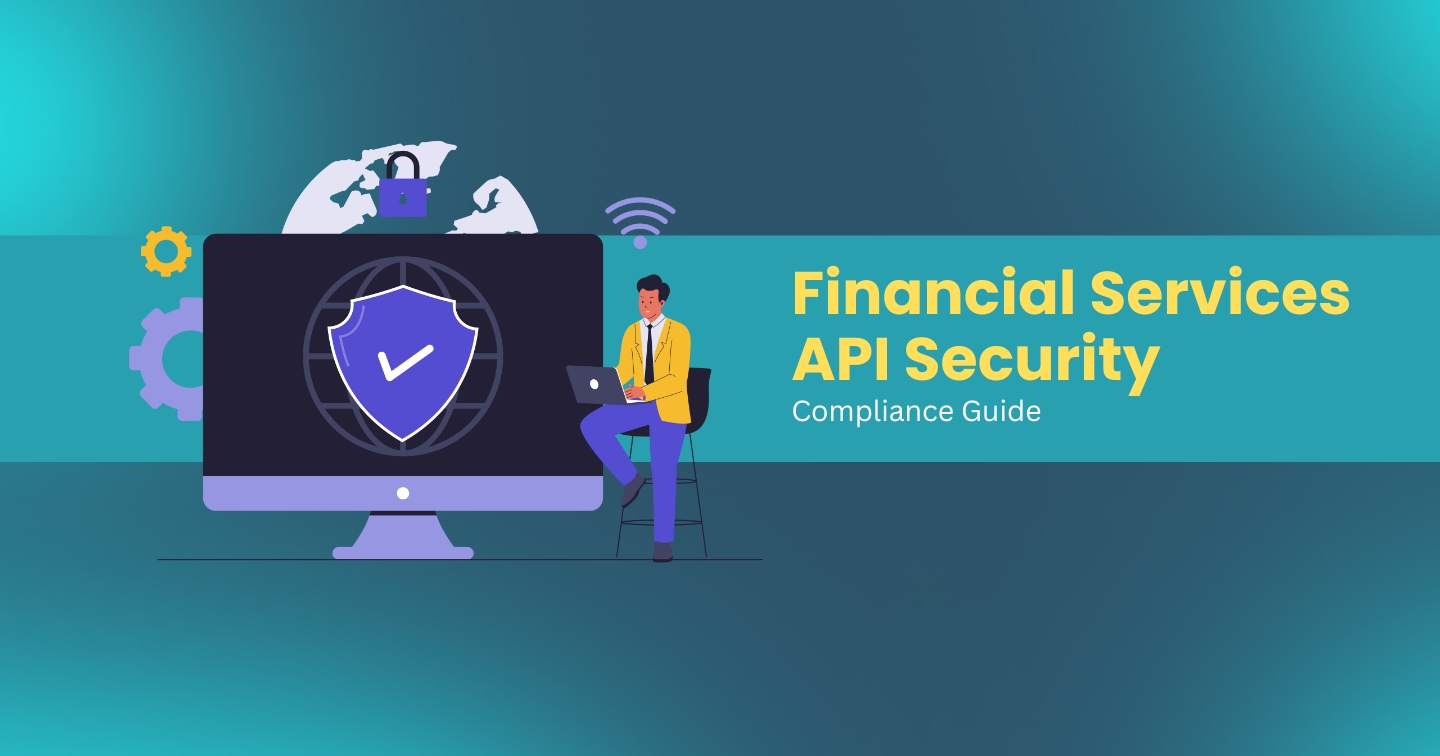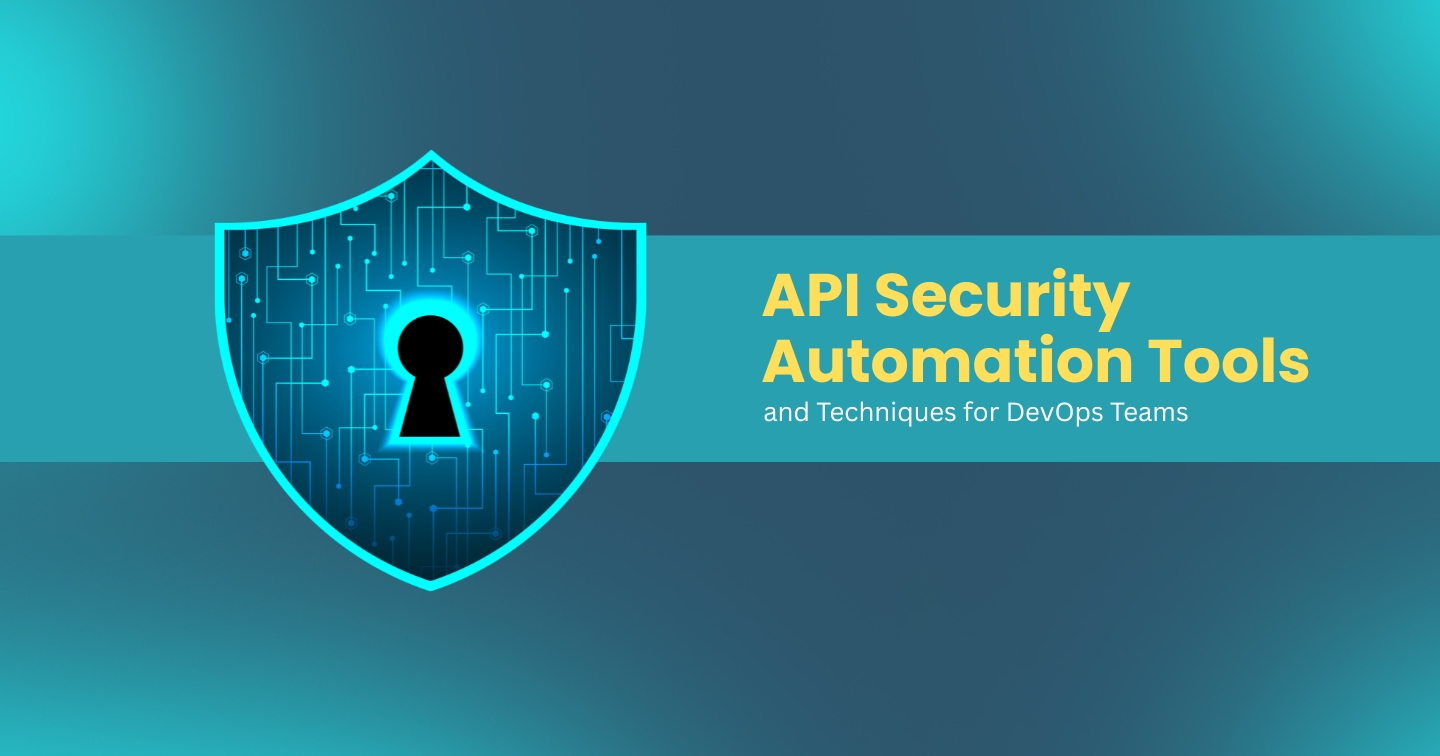APIs are the backbone of digital ecosystems, connecting cloud applications, microservices, and third-party integrations. But as the number of APIs grows, so does the attack surface. Manual threat detection and remediation can no longer keep up with real-time attacks, configuration changes, and compliance demands. That’s where API security orchestration comes in — automating incident response and ensuring your organization can react to threats instantly.
By integrating API security testing in CI/CD pipelines and orchestrating automated workflows, businesses can move from reactive firefighting to proactive, continuous protection.
What is Security Orchestration, Automation, and Response?
Security Orchestration, Automation, and Response (SOAR) refers to a coordinated approach that connects multiple security tools and processes to automate the detection, analysis, and response to threats. In the context of APIs, SOAR consolidates vulnerability scanners, monitoring systems, and remediation workflows into a unified ecosystem.
Instead of relying on manual investigation, API security orchestration automates alerts, runs validation tests, and triggers remediation protocols across your infrastructure.
Key Components of API Security Orchestration
Effective orchestration relies on several integrated components:
Together, these components ensure your API ecosystem is continuously tested and protected against both known and emerging risks.
How API Security Orchestration Works
The orchestration process starts with real-time detection, identifying unusual API behavior or anomalies in logs. The system then analyzes data using AI-powered threat intelligence before executing automated response playbooks. For example, if a new vulnerability is detected, the system can isolate the affected endpoint, open a remediation ticket, and re-test once the patch is deployed, all without manual intervention.
Platforms like APIsec.ai bring this process to life. We integrate into CI/CD pipelines, run automated testing during every build, and continuously validate endpoints against OWASP API Top 10 risks.
The Importance of Automating Incident Response
Benefits of Automated Incident Response
Manual incident response often introduces delays that attackers can exploit. Automation changes that by providing:
- Faster detection and containment: Real-time alerting reduces mean time to response (MTTR).
- Consistent remediation: Automated workflows ensure standardized procedures.
- Scalable defense: Respond to thousands of API events simultaneously without human bottlenecks.
- Reduced operational costs: Frees up security teams for strategic tasks.
Challenges in Manual Incident Response
Manual processes are prone to human error and fatigue. Analysts juggling multiple dashboards and alerts may miss critical signals, especially when API environments span hybrid clouds and third-party integrations. Without orchestration, incident response becomes fragmented and reactive, leading to longer recovery times and higher risks.
Real-Time Threat Detection and Response
With modern threats evolving every minute, real-time monitoring is crucial. API security orchestration integrates threat detection and response capabilities that identify patterns across API traffic, authentication logs, and anomaly data. Combined with AI-driven automation, this allows immediate isolation of compromised endpoints and faster mitigation.
Integrating API Security with Incident Response Tools
Best Practices for API Security Integration
Successful orchestration requires aligning API security with existing incident response infrastructure. Key best practices include:
- Embed security early: Integrate API security testing in CI/CD to detect flaws before deployment.
- Centralize logs and alerts: Use unified dashboards for visibility across all environments.
- Automate ticketing: Connect APIsec.ai with tools like Jira or ServiceNow to create actionable remediation workflows.
- Adopt Zero Trust principles: Continuously verify all connections and API requests, regardless of source.
Examples of Effective API Security Workflows
A mature API security workflow might look like this:
Role of Threat Intelligence in Incident Response
Threat intelligence adds predictive power to incident response. By analyzing attack trends, exploit databases, and behavioral data, organizations can anticipate emerging threats. APIsec.ai’s AI-powered attack simulation continuously adapts to new vulnerabilities, ensuring that security measures remain ahead of evolving risks.
Security Automation Tools for Incident Response
Overview of Leading Security Automation Tools
Leading tools in security orchestration include Splunk SOAR, Palo Alto Cortex XSOAR, and APIsec.ai. Among them, APIsec.ai stands out for its API-first approach — focusing on logic flaws, authentication bypasses, and endpoint misconfigurations that traditional SOAR tools often overlook.
Evaluating Security Operations Centers
A modern Security Operations Center (SOC) must be equipped to handle automated incident workflows. SOCs integrated with APIsec.ai can receive real-time insights into API vulnerabilities, prioritize incidents, and reduce false positives with verified exploit data.
The Future of Automated Incident Response
The next phase of security orchestration will focus on autonomous remediation — systems that not only detect but also fix vulnerabilities. Platforms like APIsec.ai are pioneering this future with AI-powered remediation workflows, reducing manual effort and ensuring continuous compliance.
Conclusion: Enhancing Security Operations with API Orchestration
As APIs become the primary gateway for modern applications, securing them is no longer optional. API security orchestration provides the automation, visibility, and speed required to defend against real-time threats.
By integrating an API Security Platform like APIsec.ai into your incident response lifecycle, organizations can unify testing, monitoring, and remediation, all within automated workflows.
Secure every API, every day. Sign up with APIsec.ai for continuous, AI-powered testing.
For teams seeking deeper understanding, APIsec University offers free courses to help developers and security professionals master these principles.
Key Takeaways
API security orchestration connects tools, processes, and intelligence into a unified response system.
- Automated incident response reduces reaction time and operational burden.
- Continuous testing in CI/CD ensures early vulnerability detection.
- APIsec.ai integrates security orchestration with AI-driven validation.
- Threat intelligence enhances proactive defense against evolving attacks.
- Automation empowers SOCs to manage incidents efficiently and at scale.
FAQS
1. What is security orchestration, automation, and response?
It’s an approach that connects security tools and workflows to automate detection, investigation, and response across your API and application environments.
2. What is incident response orchestration?
It’s the coordination of security events and automated actions to ensure rapid containment and remediation of API-related incidents.
3. What is the difference between security orchestration and automation?
Orchestration manages multiple workflows across tools, while automation executes specific tasks within those workflows, both are crucial for effective API security.
4. What is an example of a workflow that can be automated through security orchestration (SOAR)?
For example, detecting an exposed API key can trigger automated revocation, ticket creation, and verification testing, all managed by an orchestration platform.
5. How does APIsec.ai help automate incident response?
APIsec.ai integrates directly into CI/CD pipelines, performing automated testing, detecting vulnerabilities in real time, and initiating remediation workflows across connected tools.
.webp)

.webp)

